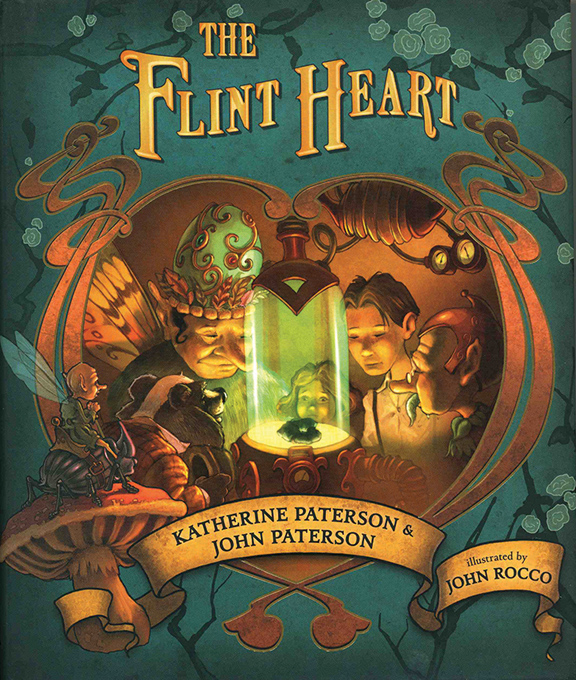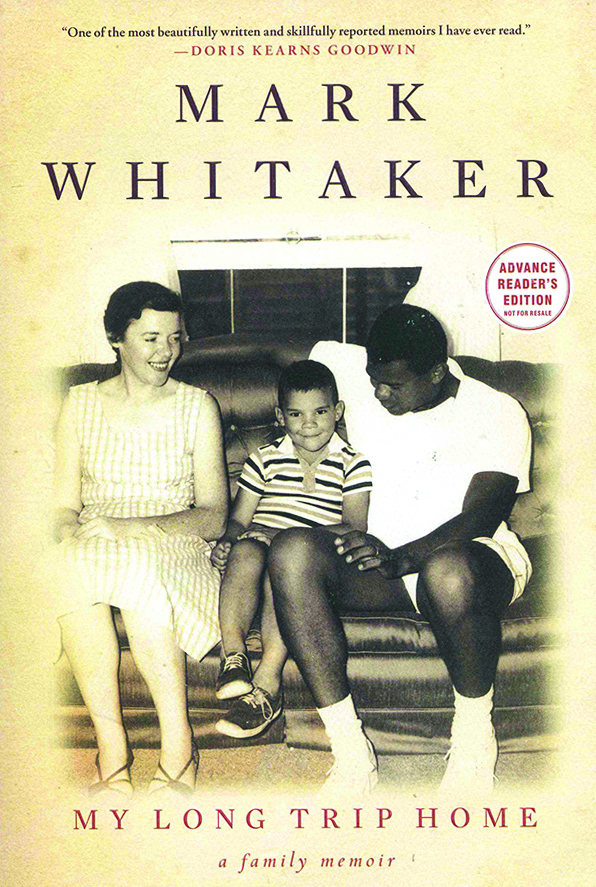“Ambassador Hormel!”
 James C. Hormel and Erin Martin, Fit To Serve: Reflections on a Secret Life, Private Struggle, and Public Battle to Become the First Openly Gay U.S. Ambassador, New York: Skyhorse Publishing, 2011.
James C. Hormel and Erin Martin, Fit To Serve: Reflections on a Secret Life, Private Struggle, and Public Battle to Become the First Openly Gay U.S. Ambassador, New York: Skyhorse Publishing, 2011.
Reading this book, I often noticed how well its beautifully designed dust jacket conveys the book’s central message: that a proud gay man ably served his country as its diplomatic representative to another sovereign nation. The cover shows James C. Hormel III ’55 standing against the backdrop of massive granite columns, looking right at you. Handsome, silver-haired, conservatively dressed, and tall, he looks every inch like a United States ambassador—which is exactly what he was from 1999 to 2000, when he filled the U.S. embassy to the Grand Duchy of Luxembourg.
Hormel’s service as the first openly gay U.S. ambassador was a major milestone in dismantling “straight government”—that is, breaking the presumption that high public office in America is reserved exclusively for straights. Ambassador Hormel did not succeed, to be sure, in his determined quest to get the U.S. Senate to do that openly and candidly. The Senate coalition supporting the nomination, which had been reported to the Senate by a 16-2 majority of the Foreign Relations Committee, never topped 58, two votes shy of the supermajority necessary to break the hold on his nomination. So President Bill Clinton—who first nominated Hormel in early October 1997—finally made a recess appointment in early June 1999.
Filibusters, however, can generate national controversy. This was one of those dramatic filibusters. The country had an important (if not entirely civil) conversation about who is “fit to serve” the United States. Hormel dispassionately but vividly sketches homophobic demonization by his attackers outside the Senate, and the unctuous hypocrisy of his Senate opponents. Their nasty attacks on Hormel eventually produced a backlash in elite opinion. Hormel—a long-time activist in the Democratic Party and a leading strategist of the gay rights struggle—showed persistence and grace under fire.
Hormel’s personal qualities made a strong impression on his supporters in the White House and the Senate—and had much to do with the celebratory nature of Hormel’s swearing in at Foggy Bottom. Rep. Nancy Pelosi (D-Calif.), whose congressional career Hormel helped to launch, watched with intense admiration from the audience. Hormel raised his hand and took the oath: “I swear that I will support and defend the Constitution of the United States against all enemies …” As Hormel writes, “With that, I became the highest ranking openly gay person in the political annals of the United States.” Secretary of State Madeline Albright hugged Hormel. Sen. Ted Kennedy “took to the microphone, shouting ‘Ambassador Hormel!’ Cheering rocked the room.” In a speech Hormel modestly noted, “I thank all of you for a moment that I hope will become but a footnote in the history of our diplomatic relations and our efforts to ensure basic constitutional equality for all citizens.”
A funny thing about such footnotes: They are intensely interesting. They illustrate how political parties bring new constituencies into the mainstream. Take Ebenezer Basset, America’s first African-American diplomat. President Ulysses Grant appointed him U.S. ambassador to Haiti. Like Hormel, Bassett was an activist: He recruited African-American men to serve in the Union Army during the Civil War. Or consider the first female ambassador, Ruth Bryan Owen, appointed by FDR in 1933 to be minister to Denmark. A daughter of William Jennings Bryan, she served in the House of Representatives, as a widow and mother of four children, shortly after the 19th Amendment established female suffrage. Twin themes—social change through party politics and changed national conceptions of who is “fit to serve”—run through all these stories.
Besides being an inside account of how he became America’s first openly gay ambassador, Hormel’s memoir tells the story of how the personal became the political. Early in his adult career—as dean of students at the University of Chicago Law School, where he earned a J.D.—Hormel was a closeted moderate Republican and the privileged scion of a Minnesota industrial fortune. Coming to terms with his sexual orientation had a deeply politicizing effect, turning him into a very liberal Democrat and for a time putting him in touch with countercultural protest.
Hormel remained very devoted to his family—and he developed a deep friendship with his ex-wife and her second husband. Ultimately, he decided that he would use his wealth to institutionalize the gay rights struggle, supporting social change litigation and helping to establish the Human Rights Campaign, today the most influential advocacy group for LGBT (lesbian, gay, bisexual, and transgendered) citizens. One also sees Hormel becoming a generous, judicious and wise benefactor in a wide range of cultural and educational institutions, including Swarthmore College. It is our community’s great good fortune that he has bequeathed (with the help of a talented collaborator, Erin Martin) this marvelous account of his life and times.
—Rick Valelly ’75
Claude C. Smith ’14 Professor of Political Science
BOOKS
 Carl Abbott ’66, Portland in Three Centuries: The Place and the People, Oregon State University Press, 2011. This history shows Portland from its first contact with European settlers to the present day and highlights many of the men and women who have shaped its growth during this 300-year period.
Carl Abbott ’66, Portland in Three Centuries: The Place and the People, Oregon State University Press, 2011. This history shows Portland from its first contact with European settlers to the present day and highlights many of the men and women who have shaped its growth during this 300-year period.
Sylvia Shin Huey Chong ’94, The Oriental Obscene: Violence and Racial Fantasies in the Vietnam Era, Duke University Press, 2012. An analysis of the visual representations of the Vietnam War provides new insight on how Americans chose to cope with the trauma and violence of the Vietnam War and its consequences.
Carol Gilligan ’58, Joining the Resistance, Polity Press, 2011. This semi-autobiographical book reflects on the development of the author’s keystone ideas on gender and human development and how her personal experiences are connected and interwoven with those ideas.
Gerard Helferich ’76, Stone of Kings: In Search of the Lost Jade of the Maya, Lyons Press, 2012. This story details the 400-year search for the lost sources of Maya jade, blending together a tale of rulers, archaeologists, scientists, prospectors, and entrepreneurs, all in a treasure hunt for a civilization’s most valuable resource.
 Helen Heusner Lojek ’66, The Spaces of Irish Drama: Stage and Place in Contemporary Plays, Palgrave MacMillan, 2011. This book looks at how contemporary Irish plays convey meaning through the use of space—where the action is set geographically and how the stage is set.
Helen Heusner Lojek ’66, The Spaces of Irish Drama: Stage and Place in Contemporary Plays, Palgrave MacMillan, 2011. This book looks at how contemporary Irish plays convey meaning through the use of space—where the action is set geographically and how the stage is set.
John Paterson ’53 and Katherine Paterson, The Flint Heart, Candlewick Press, 2011. Read more about the authors and this award-winning children’s book based on a British fantasy from 1910.
Andrea Rugh ’57, International Development in Practice: Education Assistance in Egypt, Pakistan, and Afghanistan, Palgrave MacMillan, 2012. This book describes the challenges of education in developing countries and takes a close look at three different countries’ approaches to studying, planning, and implementing projects.
Jonathan Seitz ’96, Witchcraft and Inquisition in Early Modern Venice, Cambridge University Press, 2011. This book uses records of Inquisition witchcraft trials in Venice to study how individuals, across class boundaries, understood the division and characteristics of the natural and the supernatural and how they shaped early modern beliefs.
 Nayan Shah ’88, Stranger Intimacy: Contesting Race, Sexuality, and the Law in the North American West, University of California Press, 2011. This book reveals the intersections between capitalism, the state’s treatment of immigrants, sexual citizenship, and racism in the first half of the 20th century.
Nayan Shah ’88, Stranger Intimacy: Contesting Race, Sexuality, and the Law in the North American West, University of California Press, 2011. This book reveals the intersections between capitalism, the state’s treatment of immigrants, sexual citizenship, and racism in the first half of the 20th century.
Martha Sielman ’82 (curator), Masters: Art Quilts, Vol. 2: Major Works by Leading Artists, Lark Crafts, 2011. This follow-up volume to Sielman’s Masters: Art Quilts showcases, via commentaries and stunning illustrations, the leading techniques in contemporary quilting and an array of themes including portraits, nature, abstraction, realism, and political commentary of 40 of the most creative and talented quilters from around the world.
Jon Van Til ’61 and Roger A. Lohmann (editors), Resolving Community Conflicts and Problems: Public Deliberation and Sustained Dialogue, Columbia University Press, 2011. This collection of essays studies how open debate and discussion about different social attitudes can strengthen a college campus, among other networks and societies, including college campuses.
 Mark Whitaker ’78, My Long Trip Home: A Family Memoir Simon and Schuster, 2011. With interracial themes that echo Barack Obama’s Dreams from My Father and James McBride’s The Color of Water, and the drama of Jeannette Walls’ The Glass Castle, this memoir is a reporter’s search for the factual and emotional truth about a complicated and compelling family—a truth that leads him, finally, to both forgive his parents and gain a new knowledge and acceptance of himself.
Mark Whitaker ’78, My Long Trip Home: A Family Memoir Simon and Schuster, 2011. With interracial themes that echo Barack Obama’s Dreams from My Father and James McBride’s The Color of Water, and the drama of Jeannette Walls’ The Glass Castle, this memoir is a reporter’s search for the factual and emotional truth about a complicated and compelling family—a truth that leads him, finally, to both forgive his parents and gain a new knowledge and acceptance of himself.
 Email This Page
Email This Page